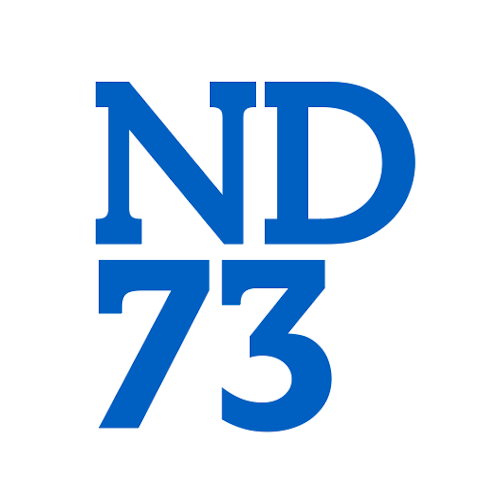F1 2012
F1 2012: Immersive UI Design in an F1 Showroom Environment
Organisational Challenges
For F1 2012, we wanted to push the boundaries of UI design by creating an immersive experience that fit within the F1 showroom environment. Instead of a typical UI that sat on top of the game world, we aimed to integrate the UI into the very environment where players would interact with it. This meant designing menus that felt as if they belonged in the F1 universe—an experience that not only felt authentic but also intuitive and easy for players to navigate.
However, this brought several challenges:
- Integration of UI in a 3D Environment: Unlike traditional 2D UI designs, we had to ensure that the UI blended seamlessly into the 3D F1 showroom. This required careful coordination between the UI team and the environment artists.
- Intuitive Navigation: With the menus being embedded within a 3D space, we needed to ensure that players could still navigate the interface without feeling disoriented or overwhelmed by the interactive environment.
- Visual and Interactive Consistency: Every UI element needed to maintain visual consistency while still being easily accessible. We had to design menus, HUDs, and icons that were clear and readable, while also enhancing the overall gaming experience.
Initiatives & Approach
-
Art Direction and Environment Integration:
- I took the lead on art directing the environment, working closely with environment artists to ensure the showroom setting was conducive to a UI that felt natural within the space.
- The menus were designed to move and shift within the showroom as players interacted with them, creating a sense of dynamic immersion. This design approach ensured that the game’s interface was not just functional, but part of the gameplay experience.
-
Intuitive Menu Layouts:
- We created menus that sat within the environment but were easy to navigate. Every element was carefully positioned to be clear and accessible, without overwhelming the player.
- We focused on using simple iconography, large buttons, and clear typography to ensure that, despite the complex environment, players could easily understand and interact with the menus.
-
HUD and Achievement Icons:
- We reworked the HUD and achievement icons to match the immersive nature of the game. These elements had to reflect the speed, precision, and dynamic nature of F1 racing while still being readable and functional during gameplay.
- The achievement icons were designed to visually fit the F1 theme, giving players a sense of accomplishment while maintaining the stylish, sleek design synonymous with Formula 1.
-
Continuous Iteration and Testing:
- During the design process, we constantly tested the menus and HUDs with users to ensure that the 3D showroom environment didn’t confuse players or make navigation harder. Adjustments were made based on player feedback, with the goal of creating the most intuitive experience possible.
- We ensured that the interaction with the menus and HUD was as smooth and responsive as possible, allowing players to focus on the racing experience rather than struggle with navigation.
Outcome & Results
-
Seamless Integration of UI and Environment:
- The decision to move the UI into a 3D showroom was well-received, as it allowed players to feel fully immersed in the F1 world. The menus felt part of the experience, adding to the realism of the game.
-
Enhanced User Experience:
- The intuitive navigation ensured that players could quickly and easily interact with the menus, enhancing the overall user experience and streamlining the process of accessing different game features.
-
Increased Engagement and Enjoyment:
- The immersive UI design and interactive menus helped keep players engaged for longer periods, as they enjoyed the novelty of navigating a 3D space while accessing game options.
-
Visual Consistency:
- The UI design maintained the high level of visual consistency needed for a premium brand like F1, ensuring the interface felt as professional and polished as the actual sport.
-
Positive Reception:
- The integration of the UI within the F1 showroom setting was praised by players for creating a more authentic and dynamic experience. The new design was well-received by both casual and dedicated F1 fans, elevating the game’s overall presentation and user engagement.
Conclusion
The F1 2012 UI design successfully blended art direction, immersive experiences, and intuitive navigation to create a seamless connection between the game’s interface and its world. By leveraging the 3D showroom environment and integrating the menus directly into it, we were able to deliver a visually stunning and highly functional UI that elevated the gaming experience for players.








